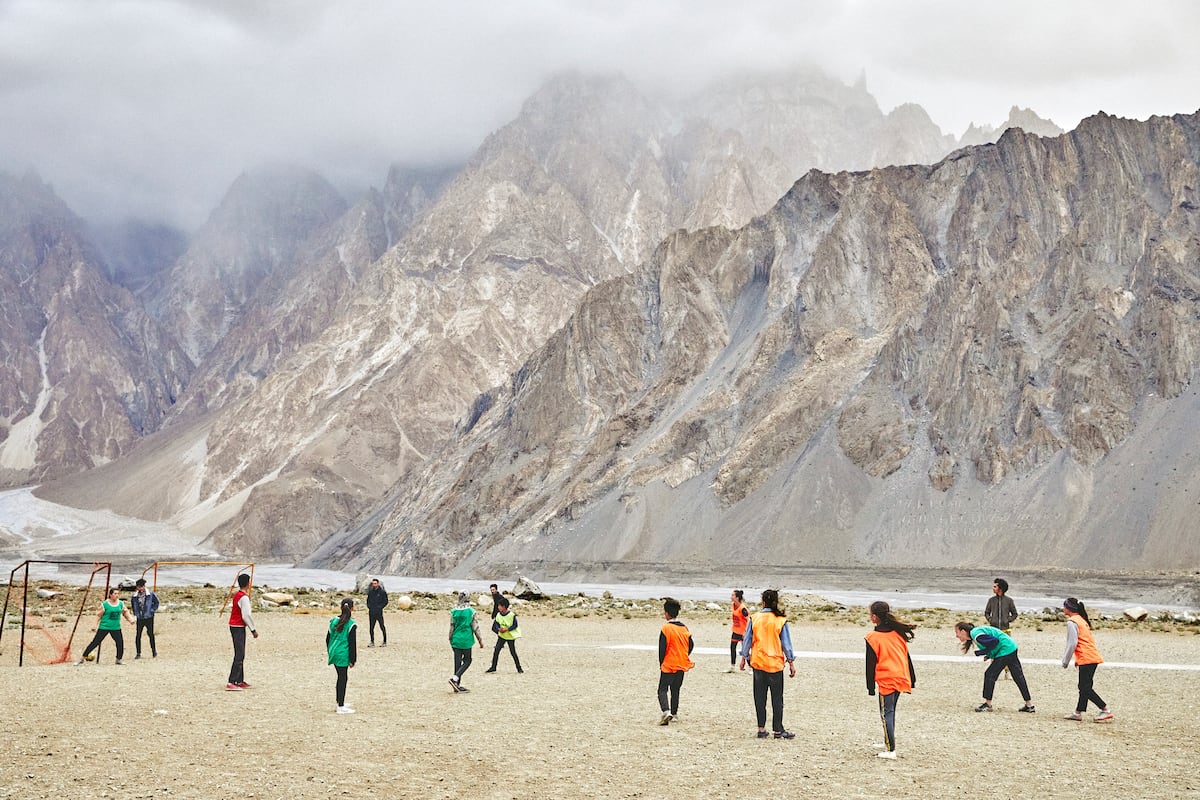
"Sometimes, stories choose us almost without us knowing it. This was my third time traveling to Pakistan. The first time was over a decade ago, when I documented the lives of gem miners in the Karakoram. It was a personal project I did with a writer and guide specializing in remote sites, Simon Elias, and it ended up being published in the United Kingdom, Australia, and finally in EL PAIS under the title Gems of the Abyss. When I photographed those miners at 5,000 meters above sea level, I felt something difficult to explain: a mixture of smallness and grandeur, that wild freedom that lives on the summits."
"The second time I went to investigate blood money cases around Lahore, a project I published in the U.K. During that report, I met many young activists. Their energy, determination, and desire to change the world impressed me. I decided that the next story I told in Pakistan would be a celebration of that youth, of those girls and boys who fight every day to create a more tolerant and free world."
"While researching stories that connected women and sport, I discovered the Gilgit-Baltistan Girls Football League. Two sisters, Karishma and Sumaira, created this women's soccer tournament in one of the most remote places on the planet, the Hunza Valley, amid mountains over 6,000 meters high, on the border with China and Afghanistan. They themselves discovered soccer as children when they moved from their mountainous surroundings to Lahore. There, the ball gave them pride and self-esteem, but also fear and harassment for going out without a headscarf and wearing shorts. Even so, they kept playing."
A photographer traveled to Pakistan three times, documenting gem miners in the Karakoram, investigating blood money cases around Lahore, and exploring youth activism. Work among miners at 5,000 meters evoked sensations of smallness and grandeur and the wild freedom of summits. Encounters with young activists in Lahore revealed energy and determination to change society, inspiring a focus on youth and sport. Research uncovered the Gilgit-Baltistan Girls Football League, created by sisters Karishma and Sumaira in the remote Hunza Valley near China and Afghanistan. Soccer provided pride and self-esteem despite fear, harassment, and cultural pressure, and girls continued playing.
Read at english.elpais.com
Unable to calculate read time
Collection
[
|
...
]